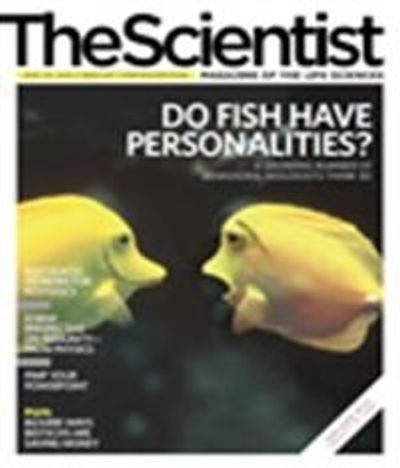Behind the curtain

Last December 10th, the international scientific community’s gaze was fixed squarely on Stockholm, where 2009’s science Nobelists were collecting their medals. But that same day, six diplomats were disembarking a plane in Pyongyang, North Korea, on a less ballyhooed event. They had traveled to the communist country to talk scientific collaboration.
Peter Agre, Johns Hopkins molecular biologist and Nobel Laureate, led the delegation. “There’s another North Korea that we’re not hearing about,” says Agre, who is also the president of the American Association for the Advancement of Science. “I suspect [North Korean scientists] have strengths that we don’t hear about. That’s an area we need to explore.”
Forging links and making introductions between scientific communities in the United States and North Korea was the focus of the...
The delegation toured government research institutions in and around Pyongyang, as well as laboratories at 3 universities, making introductions to North Korea’s top scientists in information technology, environmental research, and life science–related fields.
“These kinds of people connections are critically important in building long-term science connections,” says Cathleen Campbell, the president and CEO of the US Civilian Research and Development Foundation (CRDF), a nonprofit organization focused on sowing peace through scientific collaboration that was established by the National Science Foundation in 1995, and which launched the consortium in 2007. “This trip really helped to move that process forward.”
But the realities of research are different for North Korean and American scientists. For one thing, crippling sanctions against trade with the country have left it lacking sophisticated laboratory equipment, not to mention basic necessities for its often hunger-stricken populace.
“The sophistication of the labs and the amount of equipment was definitely less than you’d see in a European or US lab,” says delegation member Vaughan Turekian, chief international officer and director of the Center for Science Diplomacy at AAAS. For instance, many of the North Korean labs were devoid of the mass spectrometers and gas chromatographs that are commonplace in US biology labs.
The delegation discussed the potential for joint environmental research, biodiversity studies, alternative energy technologies, and even the possibility of constructing a botanical garden in North Korea, says Stuart Thorson of Syracuse University. “Science these days is a network enterprise, and the more nodes there are on that network, the faster science develops,” he says.
The delegates saw poster presentations on rabbit cloning and heard about efforts to develop improved technology to grow mushrooms, an important food source for the country. North Korean scientists also made presentations on the country’s largely unexplored biodiversity, which has benefitted from a lack of outside contact.
Encouraging scientific collaboration between the United States and North Korea might help to melt what has historically been an icy relationship between the two countries, Thorson says. “The hope is that science is one of those areas that people can work together on and build up trust without getting caught up in the high politics.”
Thorson adds that North Korea’s isolation and lack of cutting edge technology has likely forced its researchers to develop innovative ways of thinking and approaching science in much the same way that Soviet-era scientists became expert mathematicians in the face of technological deprivation. The fresh North Korean perspective could be a draw to US researchers seeking to collaborate and tap into the country as an intellectual resource. “Our expectation is that we’ll actually have something to learn from the North Koreans because they have developed different approaches to doing things because they don’t have the instrumentation we have,” he says.
Interested in reading more?





